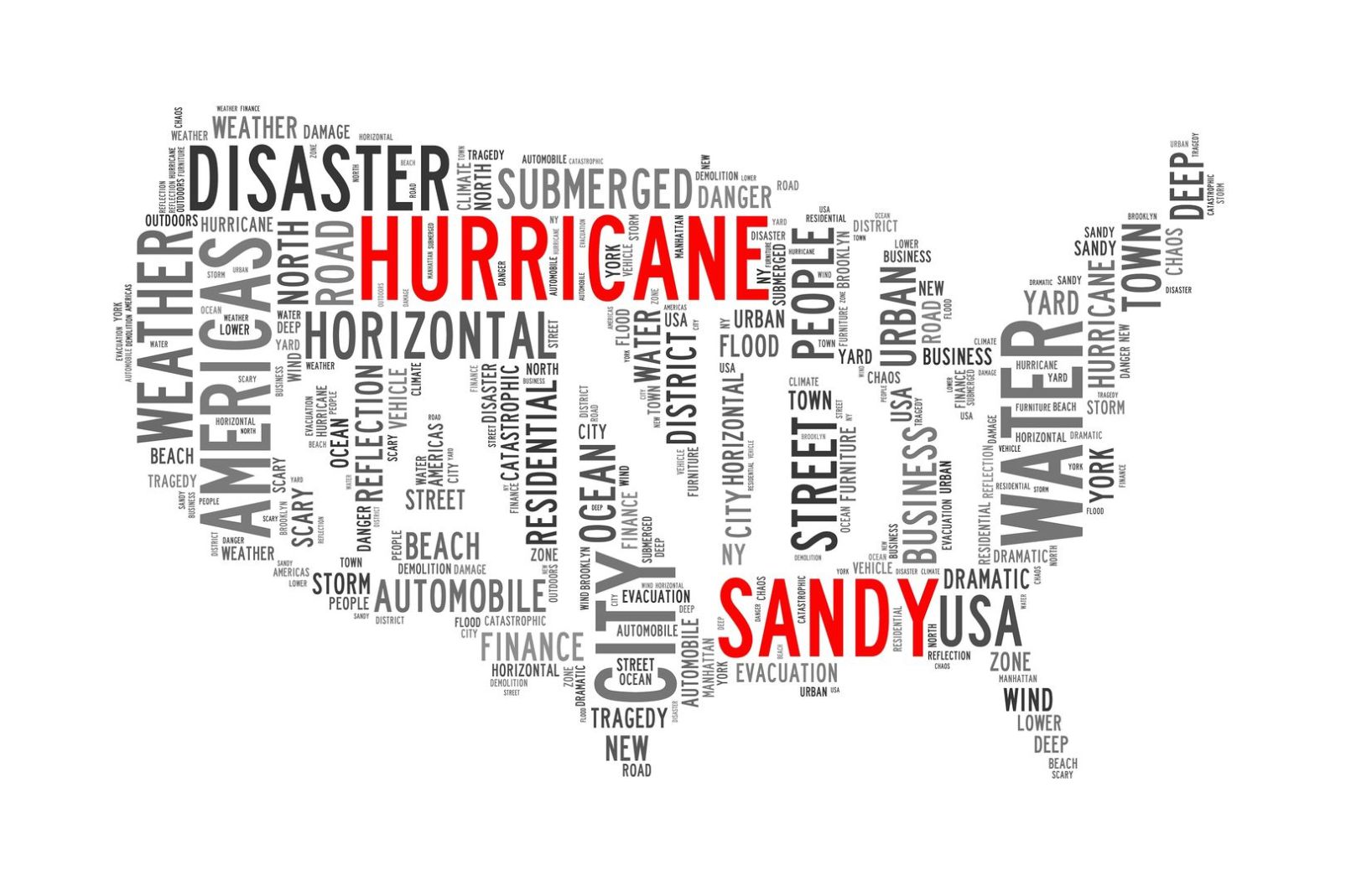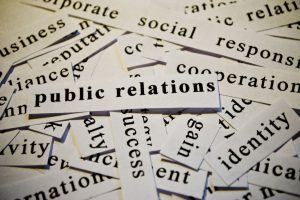
Hurricane Sandy a Year Later – A Forceful Impact on Social Media
On October 29, 2012, Hurricane Sandy hit the New York City-region with unequalled ferocity and devastation, and became a monumental moment in the role of social media during disasters.
More than ever, government agencies turned to mobile and online technologies to communicate with first-responders and the public about pertinent safety and status updates, helping to reduce a potentially high number of tragedies, and keep people informed on obtaining help. In fact, in many instances, Sandy represents the first-time a government agency officially used social media for response activities.
It is extremely valuable to look back to understand how the various communications platforms were used and how such efforts might be improved upon during future disasters. Here are some highlights and interesting facts from various studies:
Government exploited many “platforms” to get the word out: The “NYC Hurricane Sandy After Action Report” released in May 2013 by NYC Mayor Bloomberg’s office, states that between October 26 and November 9:
- NYC.gov received 4 million unique visitors and 16 million page views
- Mayor Bloomberg’s YouTube channel had nearly 1 million views
- The Office of Emergency Management (OEM) sent Notify NYC alerts via landline, mobile, text, email, and Twitter to more than 165,000 residents
- The City sent more than 2,000 tweets and gained more than 175,000 social media followers, including a 71% increase in followers of the NYC Mayor’s Office Twitter feed.
Social media allowed better collaboration through “multi-directional” communication: During hurricane Sandy, social media-enabled, multi-directional information sharing and partnerships highlighted the usefulness of collaboration across sectors, groups, organizations, and jurisdictions. Social media was used for more than just one-way reporting from the government to the public, as Homeland Security’s “Lessons Learned – Social Media and Hurricane Sandy: Virtual Social Media Working Group” study highlights.
Twitter “saves the day:” Twitter was one of the most popular go-to sources for the updates from city officials, public transit authorities, and news outlets, in addition to the public tweeting about what was happening in their neighborhoods. The site also set up its own #Sandy hashtag page featuring tweets containing the most shared news links and photos.
According to a study by the Pew Research Center’s Project for Excellence in Journalism, people sent more than 20 million tweets about the storm from October 27 through November 1. This pace was twice that of the 2 previous days. Some notable figures about this Twitter activity include:
- 34 percent — the largest share of these tweets — contained valuable news and information from news organizations, government sources, people sharing eyewitness updates, and still more passing along of information posted by others;
- 25 percent of the Twitter conversation during the three busiest “social days” involved people sharing photos and videos. These images included everything from pictures and video of the storm-in-action, post-storm destruction, falsified pictures about the disaster and self-portraits of people during the storm.
Social created and dispelled rumors: Some companies also used Twitter to clarify rumors that spread virally. For example, Con Edison took to its official Twitter account to shoot down false information about workers trapped in its 14th Street power plant after an explosion. New York City’s Metropolitan Transportation Authority (MTA) also used Twitter to update commuters with damage notices about certain train stations, and estimates on when services may be restored.
Facebook, Instagram and Foursquare: According to reports by Betabeat, “Hurricane Sandy” had a rating of over 7 on Facebook’s “Talk Meter, a metric that works on a scale of 1-10 measuring topics’ popularity. To put this in perspective, just a week before the presidential election Obama’s rating at the time was 3.86, and Romney’s was at 3.5.
Instagram announced that the site saw roughly 10 Sandy-related photos uploaded per second. Streams of Hurricane Sandy photos were also available on sites like Instacane and Instagram’s real-time feed Now.jit.su.
When it came to Foursquare, more than 40,000 check-ins were made at the New York City-based Frankenstorm Apocalypse – Hurricane Sandy, with photos, updates, and tips shared amongst users.
Sandy marked a turning-point in how social media is used for disaster preparedness, response, and recovery. The public, government agencies, and response organizations now turn to social media more than ever. And with this shift, or course, we’ll find new communication challenges and behaviors, and likely some new uses for technology. As an example, Twitter has introduced Twitter Alerts which allow users to easily sign-up for emergency notifications from a wide range of organizations in the U.S., Japan, and Korea, with more to come. You can sign-up for FEMA alerts, for example, to receive real-time information on your phone.
What were some your own “Sandy” lessons learned?



